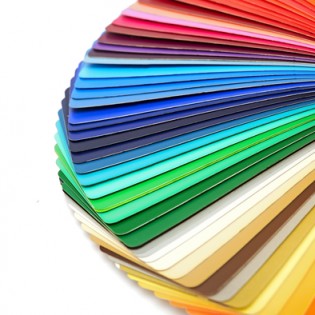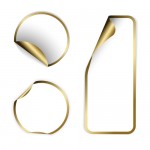When it comes to printing labels, two options stand out – digital printing and flexography. Choosing one over the other usually depends on two main factors. The quantity of labels ordered and the colors on the label. It is important to note that both flexography and digital label printing work in conjunction with several finishing processes so as to complete the look of a label. But before exploring the intricacies of the said finishing processes, it is important to first explore what each of these two options mean. Only then can one decide what’s best for printing his or her labels.
Flexography
It is a printing process that shares a lot of similarities with the stamp printing concept. It mainly uses a raised image carrier commonly referred to as the plate. The plate contains a unique reading image designed to carry the ink. As the printing stock (materials that labels print on) passes through the printing press, the plate makes a clear printed impression on labels. Each different color has its own separate plate. There is literally a separate plate for each shade of cyan, magenta, yellow and black. In light of these simple processes, flexography is best suited for mid to long printing projects. This is mainly because flexographic presses take longer to set up compared to the digital press.
Digital Printing
It uses a concept that involves negative and positive electrical charges. The charges attract printing ink to a photo imaging plate. The image or PIP is then transferred to the stock. PIPs main work is to receive electrical charges from a computer system that stores or contains digital data of label or artwork. There are no physical printing plates involved. Instead, each label is quickly reimaged with each rotation of the PIP as the printing stock passes through the press.
Which Option Is Better?
Digital printing takes the medal for several reasons. With digital printing, multiple artwork versions can be quickly produced with no additional time required for set up. There is also the near perfect color registration perk that digital printing is widely known for. It is because of the clear color registration perk that digital label printing guarantees color consistent and impressive contrast. Note that these perks do not necessarily mean that digital printing makes flexography obsolete.
When To Use Flexography
It is ideal for printing high volume orders. This is solely because flexographic presses run faster than digital presses. With the fast presses, one can be sure of producing bulky volume runs with high quality results. Another benefit here is the fact that the cost per label decreases significantly as quality increases. Note too that with flexography, you have a wider variety of substrates. Most flexographic presses actually have more than 250 substrates to choose from.
Both digital printing and flexography come along with the said benefits and even more. The best you can do is to weight your options before choosing one. This means taking into account factors such as your budget, the volume of labels you need and the duration of your project.







